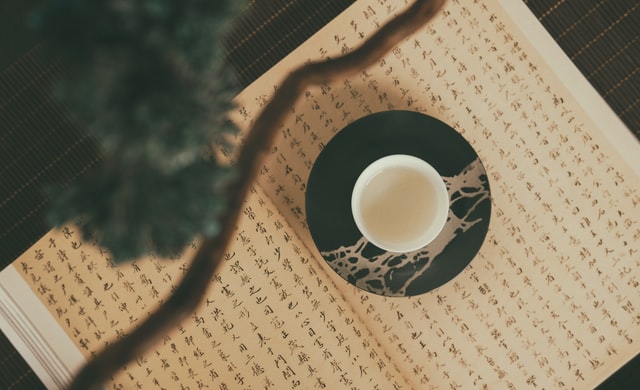A Chinese Language Treasure Hunt

The Chinese language can be overwhelming. In one plane ride (or three, depending on your dedication to discount flights and their inevitable layovers), you can experience what it’s like to be illiterate, unable to communicate, and have the time of your life. So here is my gift to you: 5 linguistically and culturally interesting features to look out for that will give you a leg-up in scaling the Great Wall of Chinese. Or if you’re a China veteran, remind yourself of these little gems to infuse your China experience with some optimism. In any case, let the game begin!
Here is a combination of things to look for, listen for, and even say as you wander the streets of Beijing, the back alleys of Xian, or the broad boulevards of Nanjing:
A Chinese Language Treasure Hunt
1. Fú (Fortune):
You’ll see this character everywhere: posted on doors, in restaurants, and on window fronts. It typically decorates houses for Spring Festival (also known as Chinese New Year), and stays up all year until it’s time to put up a fresh one. Often you will see it upside down to fulfill a little linguistic joke: the pronunciation of the word “upside down” is the same as “to arrive,” so by hanging fú upside down, fú also arrives to bless the house. Most of the time it is printed on red and gold paper with a fair amount of sparkle.
2. Biàngbiàng Miàn (A Noodle Dish):
This is a delicious noodle dish, which originates from Xian. Its name isn’t actually a recognized character at all, but created informally to be the most complicated character of all. There’s no way to type it. Look for it on signs and menus. You’ll have the best luck in Xian, but it can be seen anywhere in China where this Xian specialty is sold.
3. Qiéze (Eggplant):
This is one for you to say! This is the equivalent of “Say cheese!” in China, one of those words that make you part your lips and smile when you say it. So when you help take pictures for the Chinese tourists that will most assuredly be sightseeing with you (or if they want to take a picture with you), whip out this word and surprise them! Instruct them to say qiéze, or just say it yourself if you’re in the picture. Don’t forget to smile!
4. Hao hao hao hao hao (Good, Yes, Okay, Sure, Got it):
This is one to listen for, to satisfy the inner eavesdropper in us all. Look for someone talking on their phone, and wait for a little bit. Most conversations wrap up with rapid-fire questions from one side, and repeated agreement from the other. If you are listening in on the receiving side, you’ll hear the phrase hao repeated over and over again (to my continued amusement). Keep your ear open for this quirky, endearing conversational oddity!
5. That one really weird mistranslation:
Mistranslations of signs, menus, and instruction manuals are sometimes more amusing than helpful. Keep your eyes open for the one that strikes your fancy. The best one I’ve seen to date I found in a museum displaying calligraphy carved in stone: “Yan Xiu’s Cursive Script and the Copying of the Calligraphic Model of Stomachache.” This seems to be more a mistranslation of concept rather than a mistake, since dubìng does indeed mean stomachache. Or perhaps it’s time to educate myself on the finer points of writing calligraphy while constipated.
Do you have other fun language tips to add to the list?
Photo by Unsplash.








